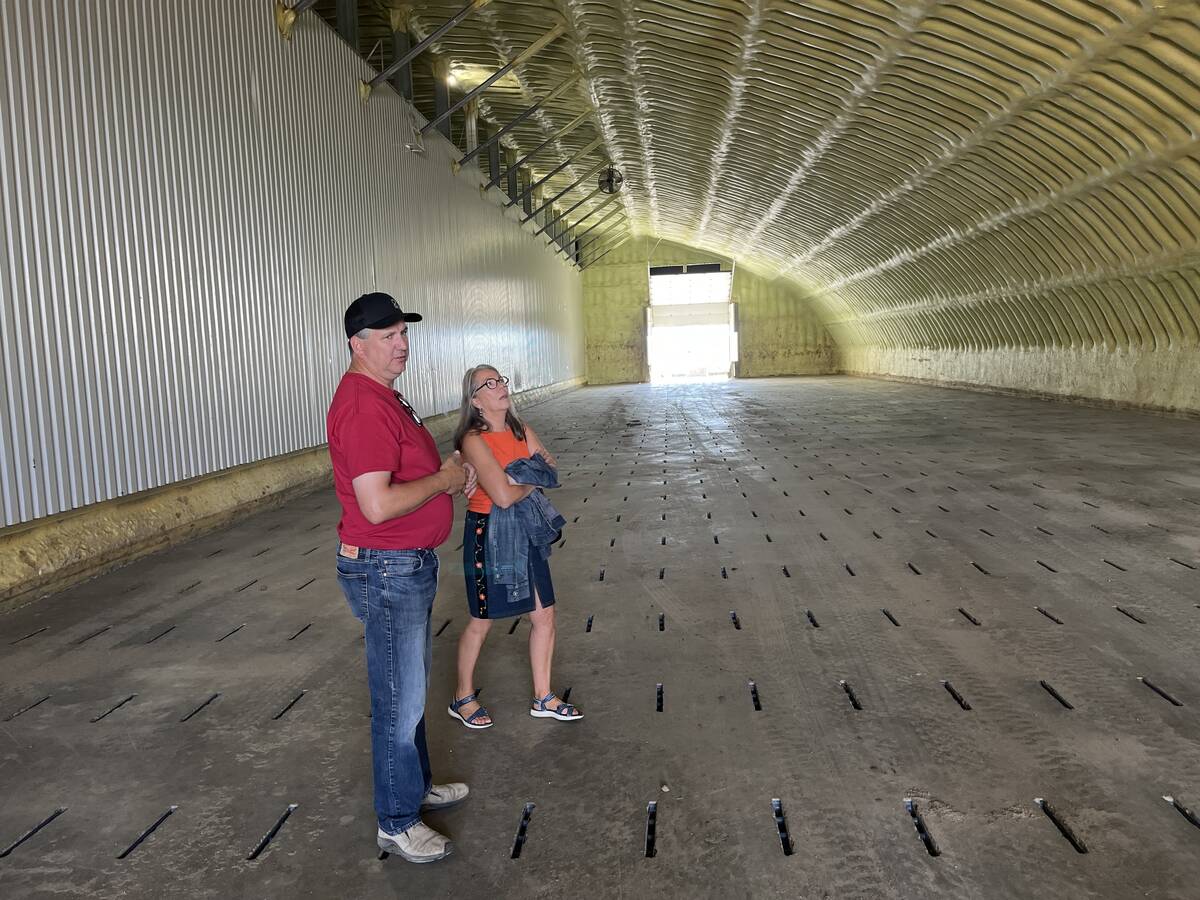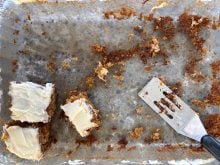Not many of us put in the long hours our mothers and grandmothers did preserving fruits and vegetables. Either we don’t have the time or lack the inclination. Still, it’s nice to have a shelf of specialty items to present as hostess gifts and be complimented on by grandchildren and sons-in-law for “the best raspberry or gooseberry jam.”
A bountiful garden is another great motivator and as tomatoes perform so well on the Prairies, it is helpful to have different recipes.
First a word about acidity. Because tomatoes have pH values that fall close to the dividing line between high and low acid foods, bottled lemon juice must be added to ensure a high acid content. If this procedure is followed they can be safely processed in a boiling water canner. A pressure canner must be used to process low acid foods such as vegetables, meat, poultry, seafood, soups, stews, and tomato-vegetable recipes without added acid.
Read Also

Potato farm requires year-round management
The most recent Open Farm Day in Alberta showcased agricultural producers across the province educating the general public about the process that is required is to get food to their table.
Jam, jelly, fruit spreads, fruits and fruit sauces, pickles, relish, salsa, chutney and tomatoes with added acid can be processed safely in a boiling water canner.
To ensure acid content of tomatoes add to each pint jar (500 mL) one tablespoon (15 mL) bottled lemon juice. Add a teaspoon (5 mL) of sugar if the tomatoes seem too acid and a teaspoon (5 mL) of salt for flavor. If there is someone on a low sodium diet in your household omit the salt, as it is optional in tomatoes. That’s the benefit of preserving your own, you can tailor the products to the health needs of your family. However, never leave the salt out of a pickle recipe as it is an essential ingredient. Use low-sodium pickle recipes.
Acidity is also a consideration when making pickles. Use vinegar with no less than five percent acidity. The vinegar known as pickling vinegar has a seven percent acidity producing a more astringent and possibly crisper pickle.
Use only soft water for pickles as hard water can darken and soften them. To soften water, boil for 15 minutes, let stand for 24 hours, then skim off surface scum. Or you can use distilled water, but it is more expensive. Use only pickling salt in pickles and the freshest of vegetables. For the best flavor allow pickles at least three weeks of standing time before eating.
Processing pickles in a boiling water bath for 10 minutes is recommended to destroy surface yeasts and moulds and halt the action of enzymes that cause softening.
If you are planning to preserve, review the basics by borrowing a book from the library or investing in a good source of information such as Bernardin’s Guide to Home Preserving or Putting Food By by Janet Greene, Ruth Hertzberg and Beatrice Vaughan.
Canning information is also available on the internet. Try www.home-canning.com.
















